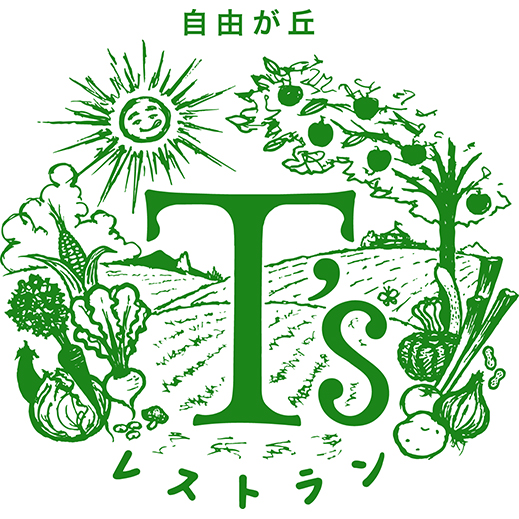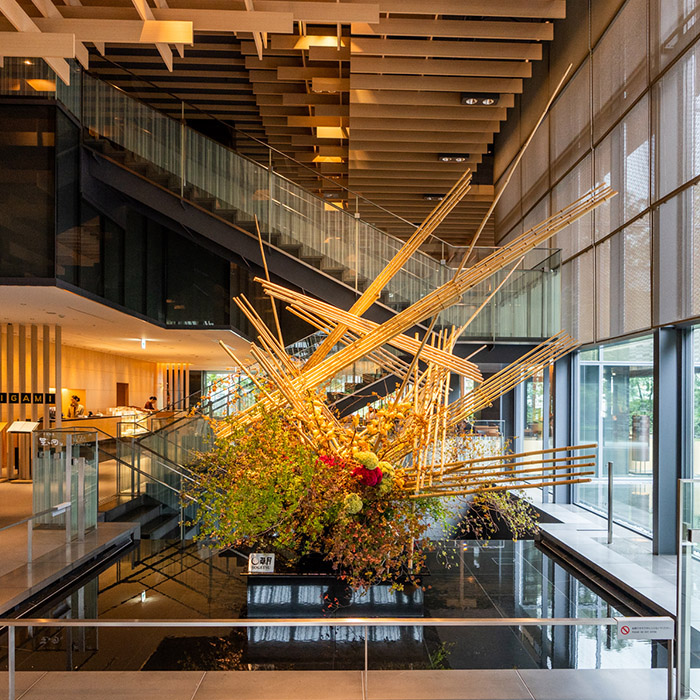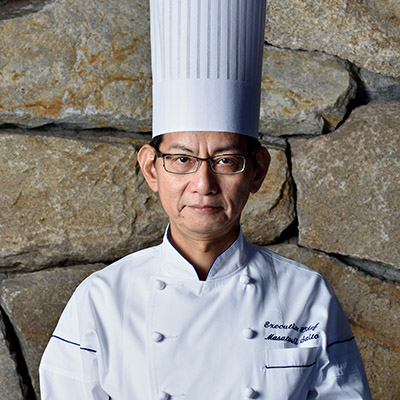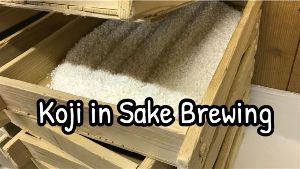May 20, 2020
The Essence of Washoku
Washoku (Japanese Food) was registered by UNESCO as an intangible cultural asset in December 2013. That means the traditional food culture of the Japanese people has been globally recognized as one of the leading intangible cultural assets of humanity. But what is the true essence of this washoku that Japan brings to the world?There are many culinary techniques in Japanese food that make the most of the characteristics of the ingredients, and that has also led to unique developments in condiments. The basic condiments are shoyu (soy sauce), miso (fermented bean paste), komezu (rice vinegar), and mirin (sweet cooking rice wine). They are all fermented condiments that use koji (rice malt). Shoyu and miso, in particular, are produced in unique varieties in each region, just as nihonshu is, and becomes the center of local cuisine. The fact that fermented foods are used extensively while fats are hardly used at all has made a great contribution to the longevity and low obesity rates among Japanese people, and is a characteristic of the “Washoku, traditional dietary cultures of the Japanese” registered by UNESCO.
Four Characteristics of Washoku
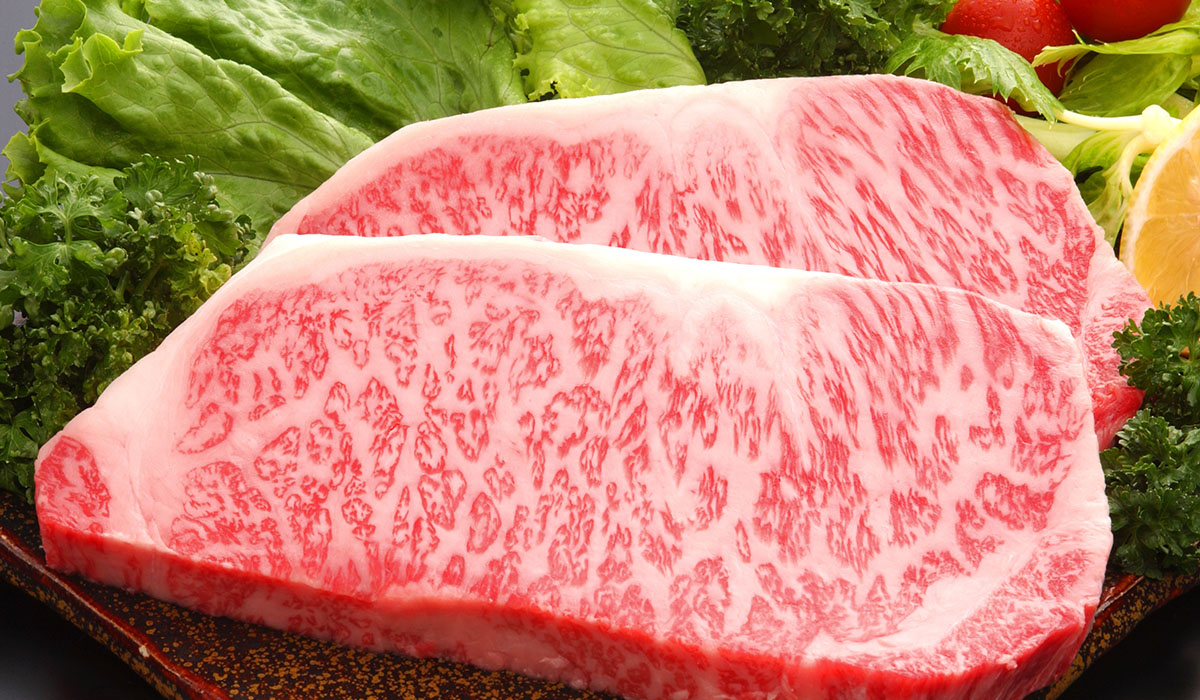
Japan is long from north to south, and is covered by an expressive expanse of nature through seas, mountains, and villages. Diverse ingredients with local roots are used in each part of the country, and preparation techniques and implements have been developed to make the most of their flavors.
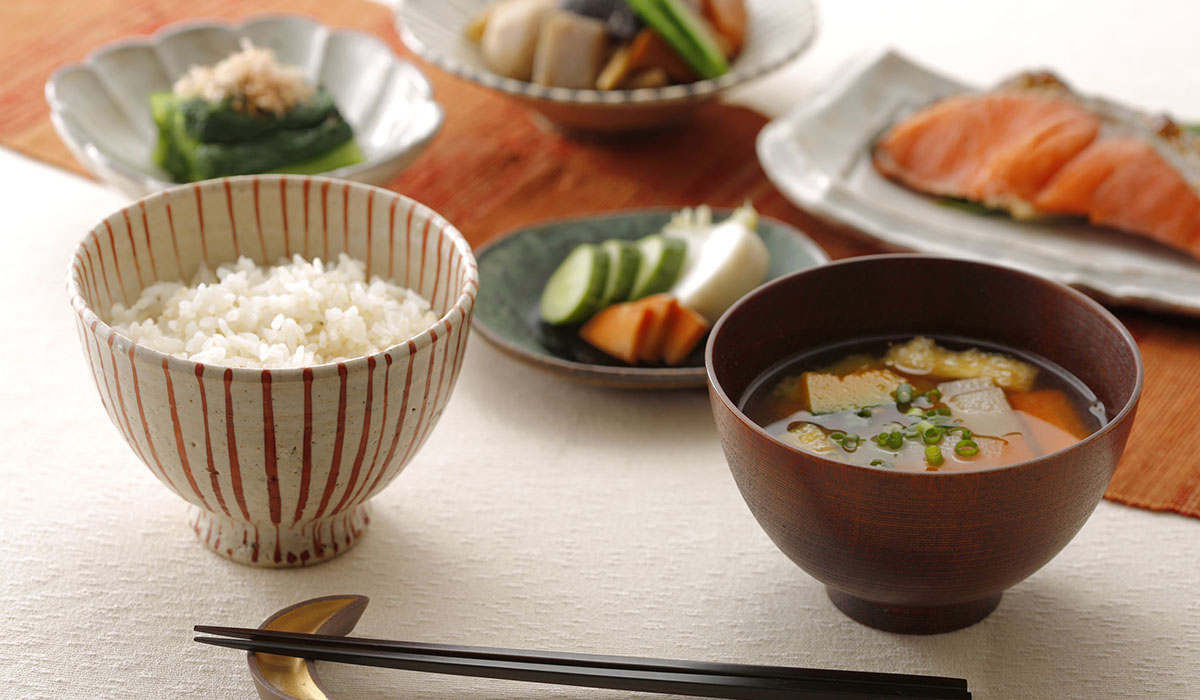
The style of Japanese meals, based on soup and three side dishes, served with rice, is said to have an ideal nutritional balance. The skillful use of umami achieves a diet with little animal fat, helping Japanese people live long and resist obesity.
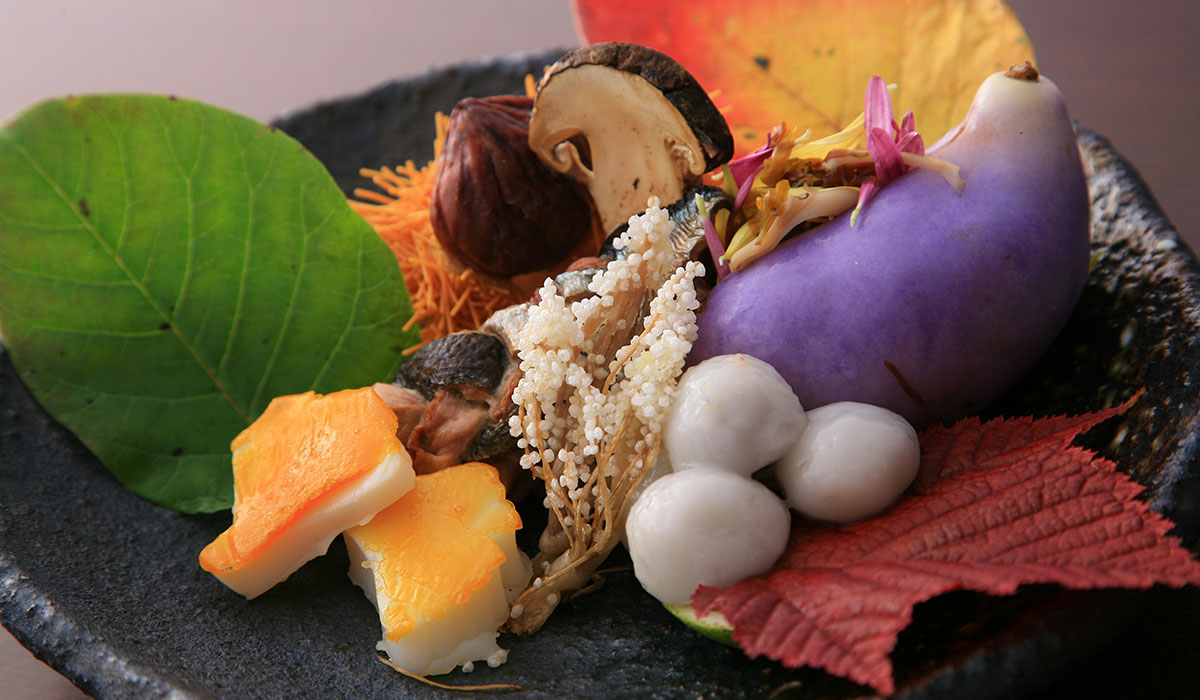
Another characteristic is that washoku expresses the beauty of nature and the changing seasons on the meal table. Dishes are decorated with items such as seasonal flowers and leaves, and furnishings and utensils are used that match the season, to make a sense of the season part of the pleasure of the meal.
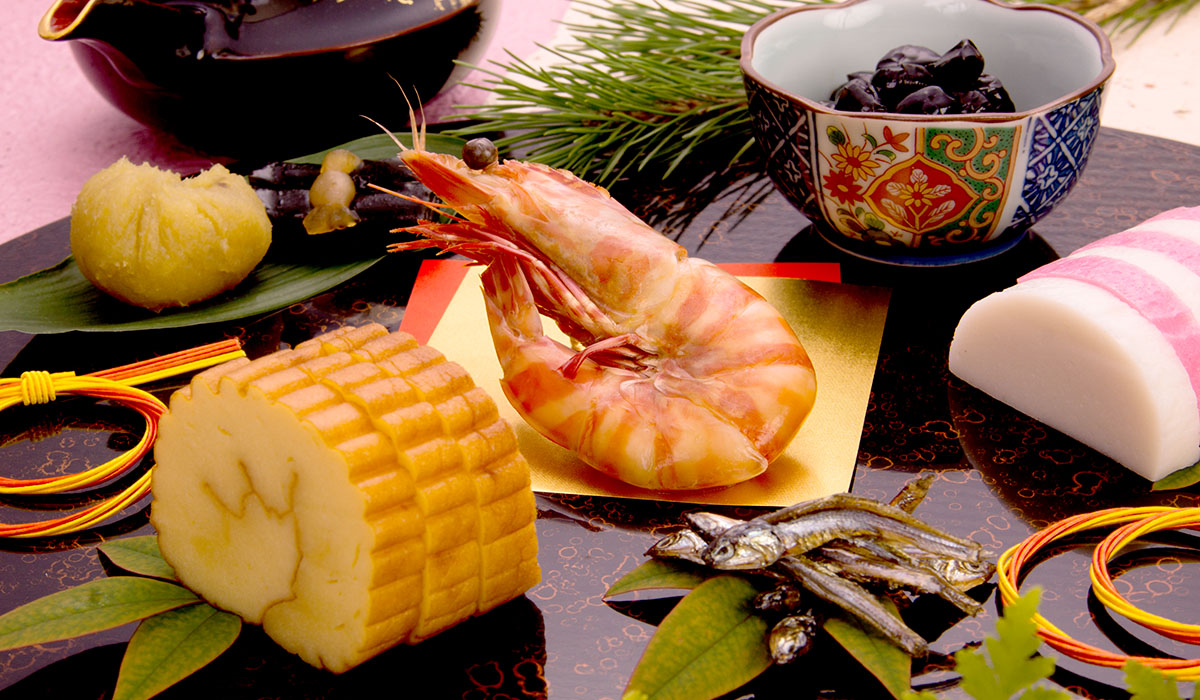
Japan’s dietary culture has grown up in close linkage with its annual festivals. Sharing the food that is the blessing of nature, and sharing time for food, deepens family and community ties.
Other Characteristics of Washoku
The basis of washoku is that it is the meals of ordinary homes, forming a four-part set of rice, soup, side dishes, and pickles. Soup, side dishes, and pickles are served as complementary dishes to enhance enjoyment of rice as the staple food. The meal, consisting of the staple food and complementary dishes, is eaten from bowls using chopsticks, picking each up in turn.Washoku has always included the custom of enjoying ingredients gathered from the fields near the house, which is to say, foodstuffs that are close at hand. The sansai (wild plants) and other vegetables gathered from Japan’s meadows and mountains are so abundant that there are over 300 varieties. On the coasts, diverse fish, shellfish, and seaweeds are gathered in abundance. Rural areas have expanses of paddy fields where rice is nurtured by rainfall at double the global average. Currents both warm and cold flow in the seas that surround Japan, providing plentiful sea produce. From that background, people have respected that nature that surrounds them, and created and nurtured cuisine that makes the most of the flavors of nature.
This custom of using nature’s flavors leads to cuisine that draws on the original flavor. Ingredients are not processed or modified any more than necessary, and are not flavored, with condiments such as shoyu and wasabi (Japanese horseradish), until immediately before they are eaten. This makes the kind of food that tastes better because it is eaten together with rice as the staple food.
For example, in chirashi-zushi (ingredients scattered on sushi rice), the staple rice and the complementary seafood are placed in the same dish, but they are not mixed. To enjoy the abundant variations of the seafood, it is placed in the same dish to please the eye, and eaten in its natural, fresh form together with rice. Food that looks beautiful is eaten and enjoyed as it stands.
Shrimp tempura looks like rather a highly processed dish at first sight, but in fact the tastes of the ingredients are treasured. In tempura, the parts that form the crispy coating are fried in oil, but the shrimp in the middle is only steamed, to preserve the original flavor. When this tempura is eaten with tentsuyu dipping sauce, the umami of the oil unifies with the taste of the shrimp, to delicious effect.
Dashi Stock, Shoyu, and Miso are Essential for Washoku




